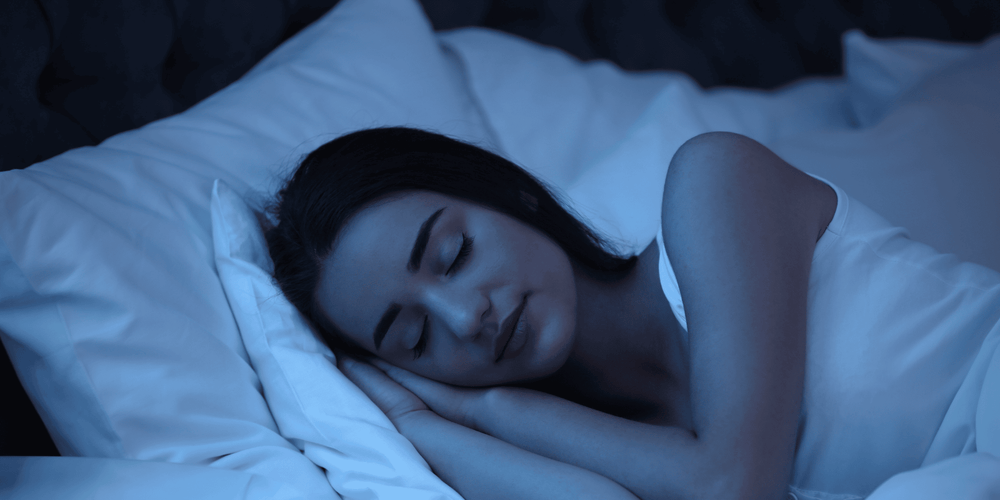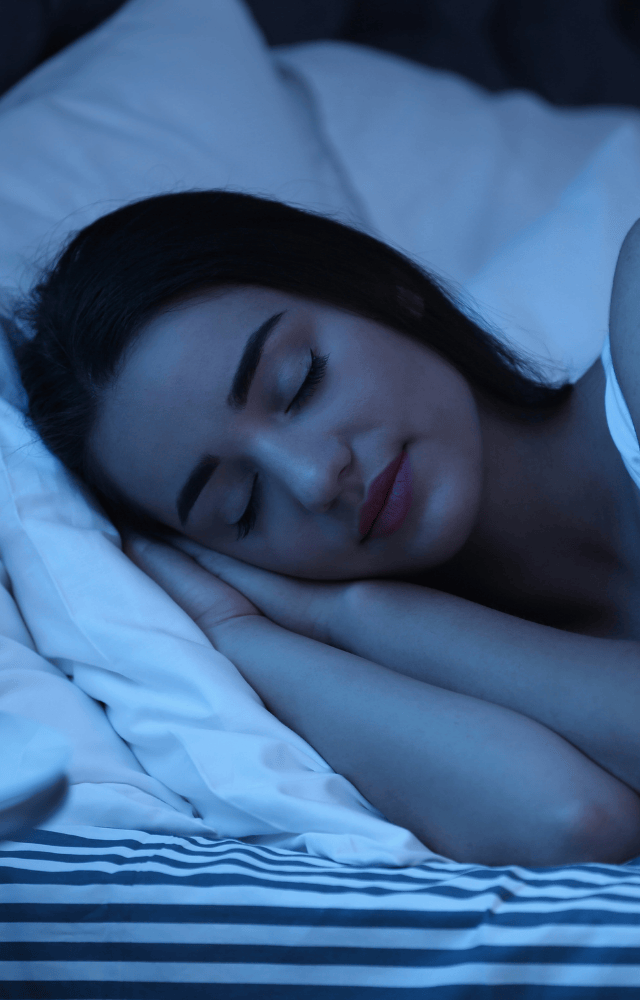Get 20% off 2 or more full priced Baxters or Wellbeing products! Add another full priced item below and a 20% discount will be applied to your overall order at checkout. That's right, 20% OFF your order!
Choose a category


The Best Time to Use Red Light Therapy for Sleep and Relaxation
23.04.25
If you’re struggling to unwind after a long day, you’re not alone. In today’s fast-paced world, winding down in the evening can be harder than ever. This is where red light therapy can make a real difference — helping you relax, support your body’s natural rhythms and enjoy deeper, more restful sleep.
But when exactly is the best time to use red light therapy for sleep? Let’s dive into the science and simple tips to get the most out of your sessions.
Why Red Light Therapy Before Bed Works
Red light therapy uses specific wavelengths of light, typically in the 630nm to 660nm range, to stimulate your cells and promote healing. Unlike blue light from screens and overhead lights, red light doesn’t disrupt melatonin production — the hormone that signals your body it’s time to sleep.
In fact, exposure to red and near-infrared light can:
* Help regulate your circadian rhythm (your body’s internal clock)
* Increase natural melatonin production
* Promote relaxation by calming the nervous system
* Reduce nighttime cortisol levels, helping you feel less wired and more ready for sleep
This makes red light therapy a simple, natural tool to improve both the quality and quantity of your sleep.
When Should You Use Red Light Therapy for Sleep?
The ideal time to use red light therapy is about 1 to 2 hours before bedtime. This allows your body to start its natural wind-down process without interruption from stimulating lights.
Here’s a simple routine you can follow:
* Dim household lights and avoid blue light exposure as much as possible.
* Use your red light therapy device for 10–20 minutes. Focus on areas like the face, chest, or back to relax the body and mind.
* Some people like to do a short 5-minute session while lying in bed to enhance the calming effect even further.
Consistency is key — making red light therapy part of your evening ritual can lead to noticeable improvements in how quickly you fall asleep and how refreshed you feel in the morning.
How Red Light Therapy Supports Deeper Sleep
Red light therapy isn’t just about falling asleep faster — it can also improve sleep quality. Studies suggest that regular use of red and near-infrared light can enhance deep sleep stages, which are crucial for physical recovery, memory consolidation, and emotional wellbeing.
If you’re already practicing good sleep hygiene (such as maintaining a consistent bedtime, limiting caffeine, and creating a restful environment), adding red light therapy can be the missing piece that ties it all together.
Tips for the Best Results
Use a high-quality device: Not all red light therapy devices are created equal. Look for options that use clinically backed wavelengths and offer the right power output.
Create a relaxing environment: Pair your red light sessions with calming activities like reading, meditation, or gentle stretching.
Stay consistent: Aim to use your device daily or at least 4–5 times per week for the best long-term benefits.
Avoid bright overhead lights after your red light session to keep your melatonin levels naturally rising.
Ready to Upgrade Your Sleep Routine?
If you’re ready to experience the sleep-enhancing benefits of red light therapy, explore our range of red light therapy devices designed to support relaxation, recovery, and overall wellbeing. Whether you’re new to red light therapy or looking to upgrade your setup, our carefully crafted products make it easy to bring science-backed wellness into your nightly routine.

